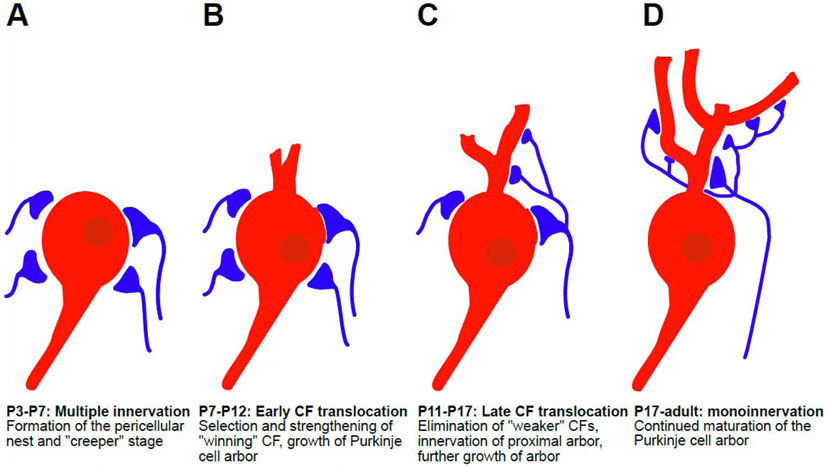Figure I: Climbing fiber (CF) translocation is a multistep process that occurs postnatally in the mouse.
(A) From P3-P7, multiple (~4-5) CF afferents innervate a single immature Purkinje cell. All of these make several large synapses with the Purkinje cell soma, all of equal strength during the “creeper” stage. This creates the pericellular nest. (B) From P7-P12, during early CF translocation one of these fibers, the “winning” fiber starts to strengthen, in an activity-dependent manner. The Purkinje cell arbor begins to grow into the molecular layer. (C) From P11-P17, during late CF translocation, the “winning” CF begins to move to the developing proximal dendritic arbor of the Purkinje cell, while “weaker” CFs are eliminated. The arbor grows further and begins to segregate into a single plane. (D) By ~P17 the “winning” CF has fully translocated to the dendritic arbor and mono-innervation of each Purkinje cell has been achieved.

